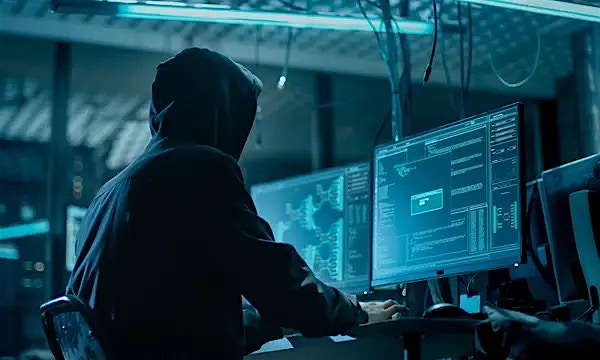CIOs don’t just keep the lights on. That myth has been busted for quite some time now. As technology has climbed the list of boardroom priorities, those responsible for the delivery of IT services are now central to creating and implementing a successful business strategy.
“Traditionally, CIOs were operational and technical. But today the role is much more strategic, and CIOs have a seat at the leadership table,” says Shannon Gath, CIO at Teradyne, the leading supplier of automated test solutions.
Beyond the critical role that technology plays in nearly every business, Gath identifies two key trends that have driven this evolution.
The first surrounds cybersecurity and enterprise risk. The cyber threat landscape continues to grow and it's getting more sophisticated. To mitigate this and build a holistic cybersecurity strategy, the CIO and CISO are increasingly collaborating to create robust information and product security strategies.
Sustainability and social impact are the second drivers behind the strategic rise of the CIO.
“CIOs have a responsibility to make sure that organizations have energy efficient infrastructure in place. But they're also there to leverage technology for social impact, as well as making sure that they are ensuring responsible data management practices,” says Gath.

A new strategic skillset
To successfully navigate the more strategic nature of the CIO role, strategic planning is a crucial skillset that must be adopted. This involves a combination of technical and soft skills, like analyzing, delegating, communicating and setting a vision to develop strategies to improve business operations.
“It’s also important to stay on top of the emerging technologies out there and understand how companies can embrace and infuse them into business operations, while using them to bring products to market faster for the customer base,” explains Gath.
She adds: “Embracing an adaptive mindset and agile methodologies can help develop a framework to iterate products faster and get them to market faster, in order to gain a competitive advantage in the marketplace.”
One additional skillset that’s more relevant than ever before is robust talent management. At a time when the war for talent is raging on, organizations and leaders need to attract and retain the top talent out of a shrinking pool. To do this, skills and initiatives focused on developing and nurturing talent are needed.
“At Teradyne, we’ve institutionalized career development planning to support teams in upskilling and in learning new technologies that they can take advantage of to grow their career in the company,” says Gath.
Looking at the challenge of supporting cross-generational talent, the mix of youth—with new skills—and experience, Gath believes that a multi-channel strategy for communicating with different personas is vital.
“Fostering an environment that embraces an individual’s uniqueness, no matter what generation they're from, ensures you can leverage the collective intelligence to make better decisions and create a much stronger team,” she says.
Bridging the gap between business and IT
Increasingly, business units are making more technology investments. But due to the disconnect with IT, this can lead to innovation roadblocks and the problem of shadow IT.
To overcome these challenges, Gath advises that organizations need to prioritize relationship management. There should be IT leaders that sit across the business and know it inside out. At the same time, she believes that business and IT leaders must work together to build a business-centric IT strategy, which starts with understanding the business and its priorities before aligning the IT strategy in support of that mission.
She explains: “Teradyne has grown organically, but also through acquisitions. There are lots of different business models that exist across the company and as CIO, respecting and working with the business to co-develop an enterprise technology strategy that starts with where the business is going, what the growth aspirations are and what they want to do in terms of market share is a crucial part of my role. We then need to provide the capabilities that are going to help them achieve those aspirations with an appropriate spend level.”





